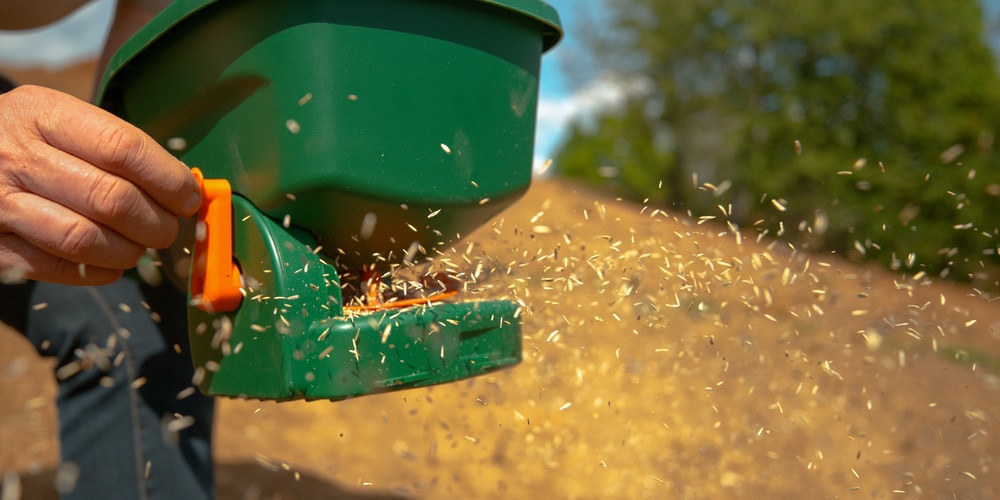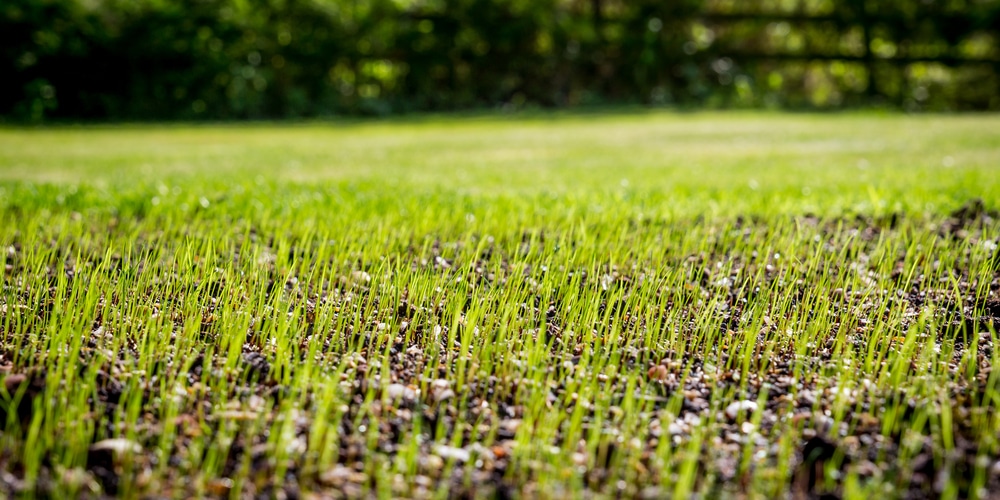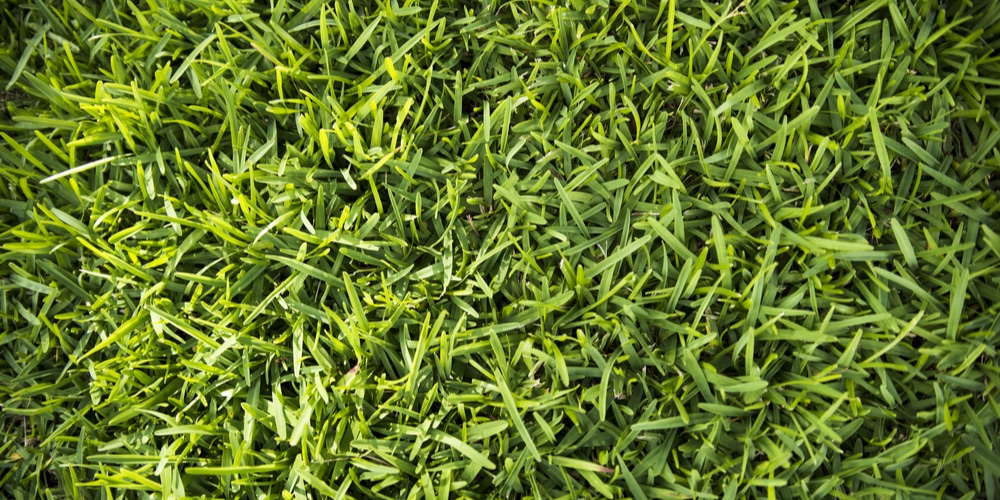Who doesn’t like lush-looking gardens? They can immediately increase the aesthetic appeal of your property and make you feel proud of getting home. Installing a lawn in your garden is the best way to add greenery to your yard. However, we all know how challenging that can be.
No matter what type of lawn you install, they all require plenty of attention and are time-consuming to maintain: you’ll have to mow them regularly, fertilize them, water them, and keep an eye out for diseases.
One of the best things you can do to minimize interventions to your lawn is to pick a variety that works well for your region. Of course, that’s just one step, but it will bring you closer to having a healthy garden without suffering too much. Picking the right grass seed is crucial for a healthy lawn. The choice depends on your climate conditions and your soil type.
If you live in Maryland, you are in the right place. In this “Best Grass Seed for Maryland” essential guide, you’ll learn which types of lawn work for your region and how to care for them. Don’t forget to invest in high-quality seeds for the best results.
While you may find cheaper varieties, poor-quality seeds often contain weeds or are a mixture with other grass species that will make your garden look uneven and messy. And no one likes that. Read the seed information you’ll find on the tag or labor of the package to ensure you’ll get satisfactory results with your seeds.
What Is the Best Grass Seed For Maryland?
Maryland falls under USDA hardiness regions between 5 and 8. That means that the climate varies depending on where you live in the state. So, generalizing the best grass seed for this region is not as straightforward as you may think.
You can grow warm and cool-season grasses here. The first option will thrive in the summer but won’t survive in the winter. On the other hand, cool-season grasses are great for increasing the looks of your garden when most other plants are dormant but won’t look attractive in the heat of the summer. We often recommend people living in Maryland install cool-season grasses.
In general, one of the best types of grass you should consider planting in Maryland is tall fescue. This type of lawn is resistant to most diseases in Maryland and tolerates heat, drought, and heavy foot traffic. While it is an excellent choice for most parts of the state, this grass hasn’t good recuperation skills. Because of its growth patterns, it may leave you with bald spots resulting from damage or stress. To prevent that from happening, you may have to reseed your lawn often.
Luckily, this grass performs well even in shady areas: if you need to fill spaces in your garden that don’t receive much sunlight, consider adding tall fescue. Plus, the plant doesn’t need as much maintenance as other varieties do. As long as you keep it moist and mow it once per week, you should be fine. If you notice something off with your grass, take action as soon as possible.
Tall fescue needs about 1.5 inches of water per week. If you get frequent rainfall, you might not need to water your lawn as much. Avoid overwatering as you can cause its roots to saturate.
The ideal height of tall fescue is about three to four inches. To ensure it grows strong and healthy, commit to annual aeration and overseeding. These practices can help you improve air movement and increase water and nutrient retention. Plus, they will make your grass more resistant to heat and drought.
Other Varieties you Should Consider
Besides tall fescue, you can also grow Kentucky bluegrass and fine fescue with similar results. If you don’t like the idea of having grass that won’t recuperate quickly from stressful situations, you may prefer planting Kentucky Bluegrass on your lawn. However, keep in mind that this type of grass is more susceptible to diseases and attacks from pests than others.
Plus, it won’t withstand high temperatures in the summer. If you live in the southern parts of Maryland, think about getting another type of lawn instead. Also, don’t forget to always keep an eye out for diseases and take prompt action to prevent them from spreading.
Fine fescue might be a better option if you deal with large shady parts in your garden. While tall fescue also grows well under sun-deprived conditions, this type of fescue will thrive in most environments and will grow dense even with little light.
Best Grass Seed For Maryland: Final thoughts
You can plant a mix to increase your chances of success with your lawn. However, ensure that all the types of grass in the mixture are suitable to your garden’s conditions and will help you meet your goals.
Related Article: Can I Plant Fescue in the Spring?


